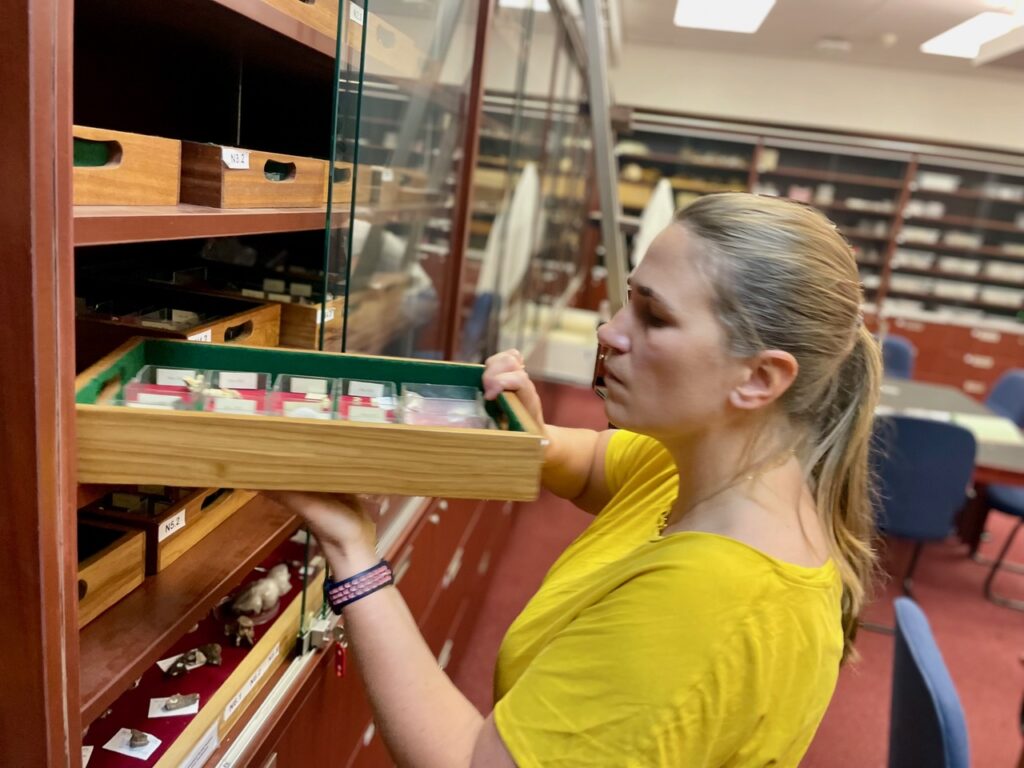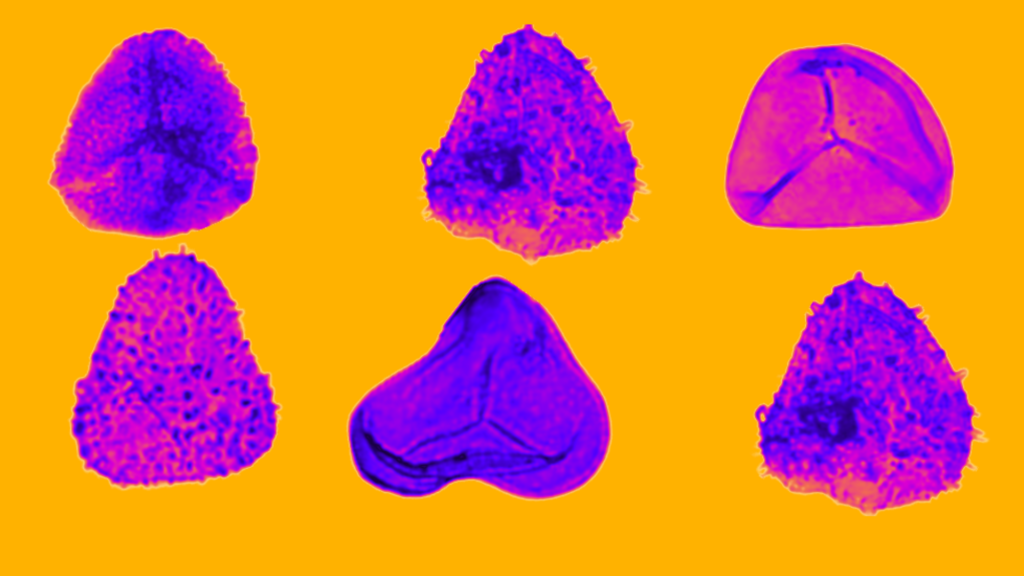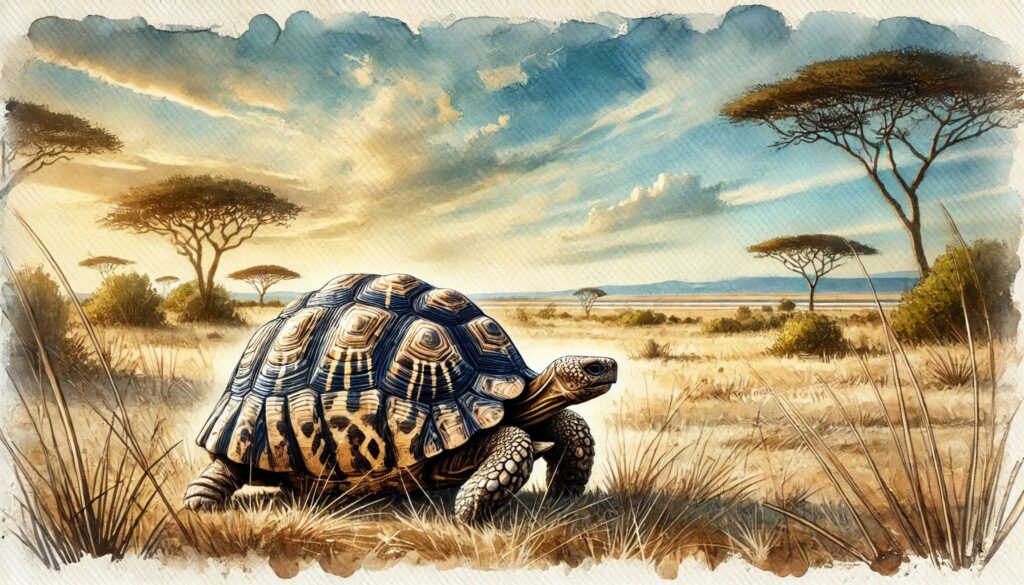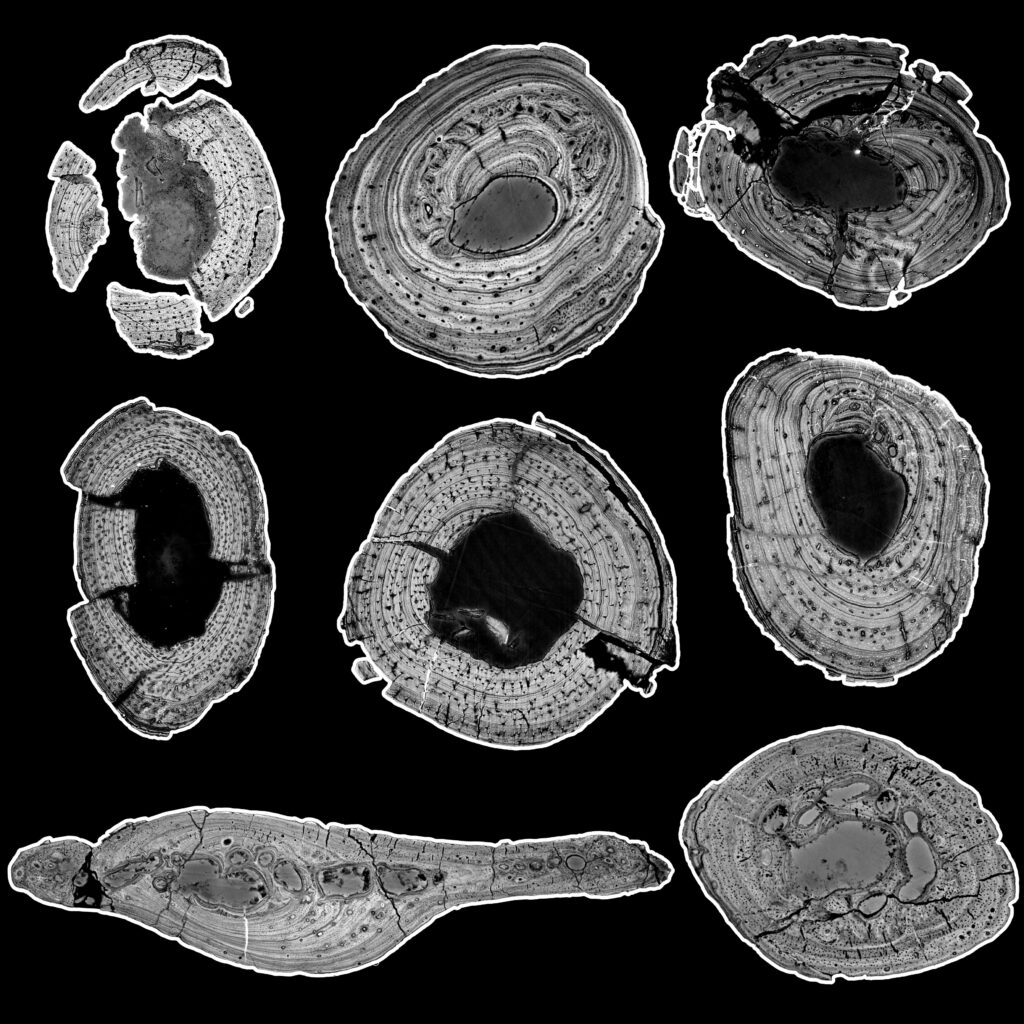Celebrating the Legacy of Dr Michael Albert Cluver: A Titan of Palaeontology and Museology
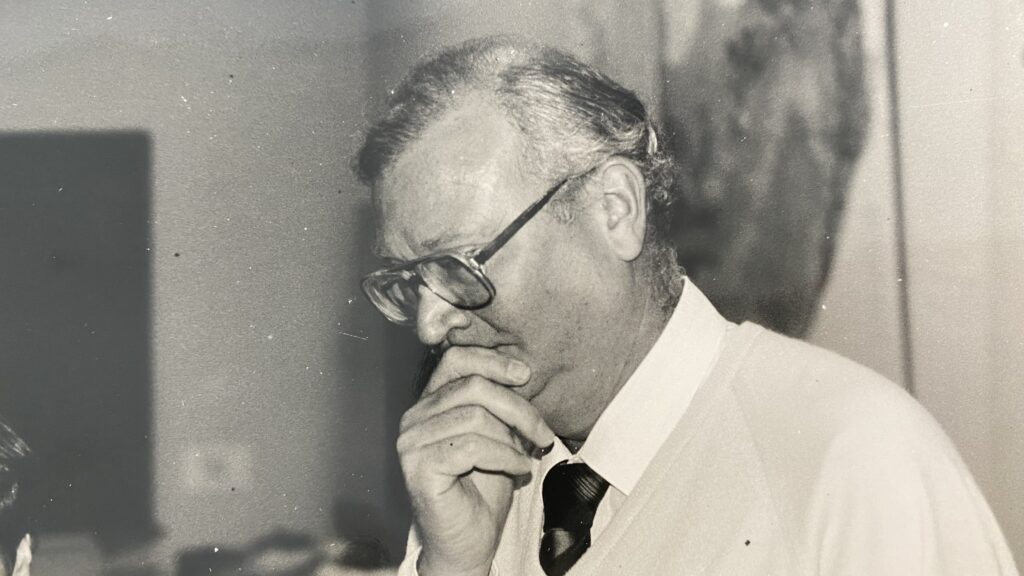
At the junction of ancient life and contemporary exploration, Dr Michael ‘Mike’ Albert Cluver was an outstanding individual. With his recent passing, the worlds of palaeontology and museology have lost a beacon of knowledge and leadership. We celebrate a legacy that bridged epochs and disciplines, a life marked by monumental scholarly achievements and visionary contributions to the stewardship of our natural heritage.
Dr Cluver’s journey as a palaeontologist began at the University of Stellenbosch, where he earned his doctorate in 1970. His career swiftly took root at the Iziko South African Museum, where his keen intellect and leadership qualities saw him rise swiftly through the ranks, from Research Officer to Head of the Palaeontology Department (1973) and, eventually, Director of the museum (1985).

Dr Cluver’s tenure was marked by significant milestones. Under his directorship, the museum not only expanded its collection and scientific reach but also underwent transformative infrastructural changes. His vision was instrumental in the amalgamation of the museum into the larger Iziko Museums of South Africa, setting a standard for museum integration and collaboration.
His scientific acumen shone brightly in his research. Dr Cluver was a pivotal figure in paleontological circles, contributing to a greater understanding of Karoo Palaeontology. His work with renowned visiting palaeontologists led to collaborations that significantly enriched the museum’s collections and our comprehension of prehistoric life.
A testament to his scientific impact is the dicynodont Colobodectes cluveri, named in his honour. This species, with its distinctive morphological characteristics, emerged from the Karoo Basin, providing insights into Permian ecosystems and proved to be a valuable biostratigraphic marker for the Beaufort Group. Through this fossil, Dr Cluver’s name will remain synonymous with discovery and education in palaeontological circles.
Beyond his contributions to science, Dr Cluver was an adept builder. His efforts in the 1980s led to the expansion of the museum’s infrastructure, including the construction of the iconic Planetarium dome, which became a beacon of astronomy and education in the region. Dr Cluver’s passion for astronomy was personal; he was a hobbyist who even built his own telescope, a testament to his hands-on approach and boundless curiosity.

The legacy of Dr Cluver also includes his prolific writing. His publications, such as “Fossil Reptiles of the South African Karoo” and “Karoo Fossils: South Africa’s First Land Animals,” translated into both English and Afrikaans, bridged the gap between scientific discovery and public knowledge, making palaeontology accessible to a wider audience.
Dr Cluver’s impact extended beyond the confines of the museum walls and into the very fabric of South African and global museology. His leadership style—collegial, attentive, and innovative—left an indelible mark on his colleagues and the institutions he served. As a fellow of the Royal Society of South Africa and a past president of the Paleontological Society of South Africa, his influence was both national and international.
A man of many talents, Dr Cluver was as comfortable in workwear as in a bowtie, as at home in the field as in the laboratory. His smile and the twinkle of curiosity in his eye were the hallmarks of a life lived in passionate pursuit of knowledge.

Dr Cluver’s legacy is evident in the advanced facilities and robust collections of the Iziko Museums today. His memory serves as an inspiration to continue pushing the boundaries of scientific endeavour. Iziko Museums and the broader scientific community remember Dr Michael Albert Cluver for his monumental contributions, his visionary leadership, and his unwavering dedication to the pursuit of knowledge. Our thoughts are with his family—Estelle, Anthony, Michelle, Penelope—and all those who were fortunate enough to have been touched by his remarkable life.
Dr Cluver’s legacy is a testament to the transformative power of passion, leadership, and lifelong learning. His work and life remind us that through dedication and collaboration, we can reach for the stars and bring the wonders of our universe closer to home. Here’s to Dr Michael Albert Cluver—a true giant among us, whose footsteps will lead aspiring scientists and enthusiasts for generations to come.

Acknowledgements: We extend our thanks to Asipe Ngqinani-Mbuwa, Assistant Librarian at Iziko Museums of South Africa, and Baheya Hardy, Senior Librarian at the same institution, for their indispensable contributions to this article. Their provision of critical information and photographs has been invaluable. We also extend our gratitutde to Prof. Roger Smith for his guidance and the generous sharing of his photographic resources
